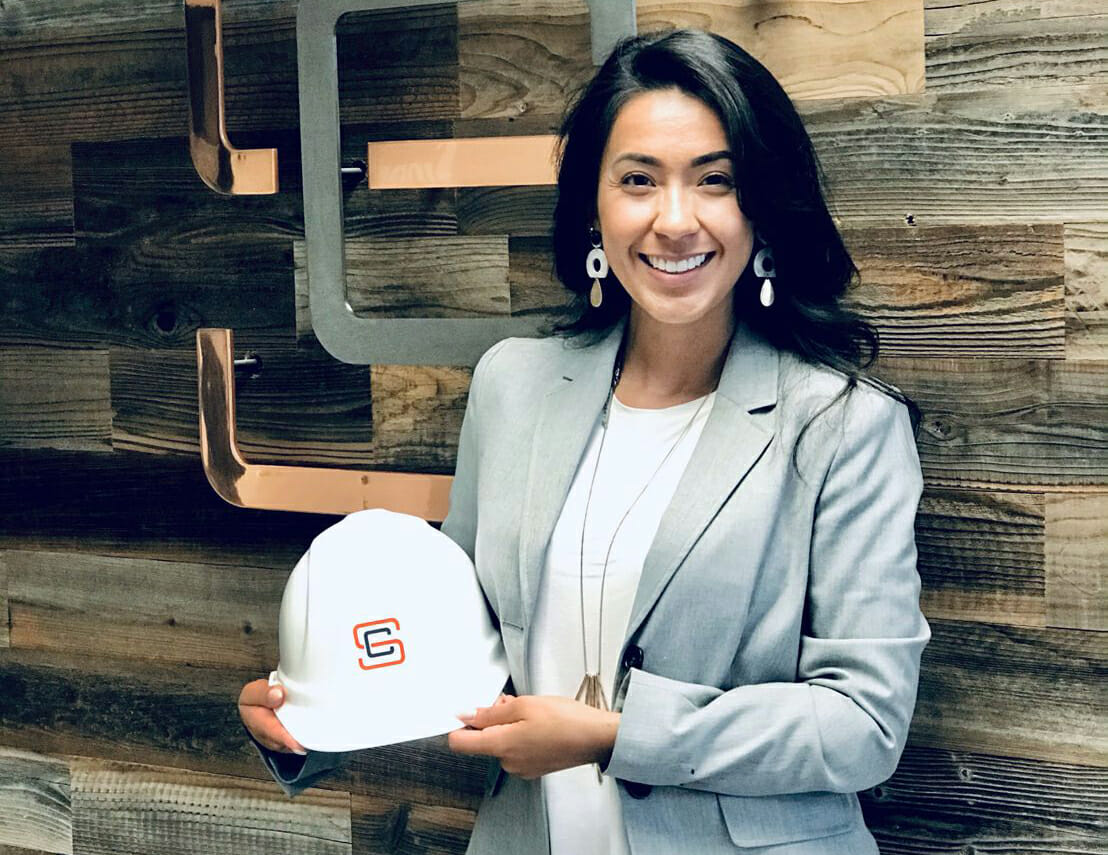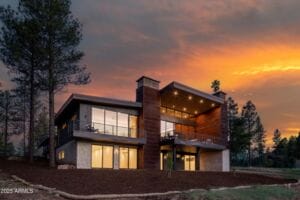In recent decades, there has been a shift in the makeup of the U.S. workforce. People of diverse backgrounds have not only filled the ranks of the business world but also represent a growing share of leadership positions. Still, more needs to be done in some industries to diversify their employees and attract future workers. The commercial real estate (CRE) development association NAIOP is actively pursuing these goals through its diversity, equity and inclusion (DEI) efforts and partnering with organizations to promote careers to high school students who could become the commercial real estate workforce of the future.
READ ALSO: How can Arizona keep up with increased construction labor demands?
“People have wrapped their heads around the fact that our industry has to change not only to survive but also to thrive,” says Steve Jordan, human resources director at Ryan Companies. “We’re committed to trying to recruit, grow and retain diverse talent in the commercial real estate industry, which has been largely dominated by Caucasian males over the years. Groups like NAIOP and companies such as Ryan are going to help fuel that growth.”
Attracting a diverse commercial real estate workforce
The commercial real estate workforce historically constituted primarily by white men. As the demographic makeup of the U.S. has shifted over the years, companies are learning that cultivating a diverse workforce is not only a moral imperative but also adds value to the organization.
“A lot of business schools require students to read ‘Good to Great’ by James C. Collins. One section talks about how IBM kept going to the same university to recruit engineers. Those engineers were all trained in a similar way,” Jordan explains. “If you can find workers from different backgrounds, that’s going to provide a wide range of thought and perspective. Then you’ll have people who will challenge the status quo and say, ‘Why are we doing it this way? What if we did it like this?’ That’s where innovation comes from.”
Jennifer Villalobos, vice president of business development and marketing at Sharp Construction, agrees. “Many organizations have seen how bringing in people from different backgrounds creates better collaboration that moves ideas forward. Companies can ask, ‘If we’re targeting a specific community with a message, do we have employees who can speak with and represent that community?’ There’s a huge benefit from a creative standpoint when you hire a diverse and inclusive workforce.”

Part of Ryan Companies’ recruiting process includes purposefully seeking out student candidates from a variety of institutions. “We want to include under-represented groups in our searches, so we go to historically Black colleges and universities and Hispanic serving institutions. We’ve targeted a few of those schools and have partnered with their professors and department heads to create a pipeline of students,” Jordan notes. He adds that the demographic trends in the U.S. point to tipping over into a majority-minority population in the next few decades.
Understanding the importance of diversity, NAIOP formed a DEI committee to develop educational resources for companies that want to recruit and retain a more inclusive workforce, connect members from under-represented groups to opportunities for career growth and partner with educational institutions to introduce students from all backgrounds to CRE careers.
One initiative spearheaded by the committee was putting together a speaker series about creating inclusive workspaces, along with providing ideas about how to find and retain multicultural talent. Another project under development is a mentorship program through which students from underserved communities
can learn about the CRE industry from professionals.
“We wanted to be able to build a committee that was just as passionate on moving the needle forward to educate the next generation of leaders, so that they want to join this industry,” comments Villalobos.
“I think a lot of people don’t even know CRE exists, and I speak from my own personal experience.”
Villalobos entered the field about five years ago and says that she never realized that a career in CRE was a viable option for her. “It wasn’t even something I saw as an opportunity for me as a Latina woman,” she recalls. “That’s why we felt there was a need for this organization to start educating youth early on.”
Investing in new commercial real estate workforce talent
As the CRE industry makes substantive moves to be more inclusive, another issue looms: construction labor shortages. In the past few decades, construction careers have been looked down upon as a fulfilling career choice for students.
“Skilled craft people are retiring and not a lot of young people are coming in to replace them. There’s a huge gap,” says Mike Bontrager, vice president and general manager at Alston Construction. “For years, people thought this was just a contractor or subcontractor problem. Developers, bankers, architects — anyone associated with commercial real estate said, ‘That’s not our problem. You guys figure it out.’”
The biggest effect of the labor shortage, Bontrager explains, is the impact on construction schedules. When there aren’t enough employees to fully staff a worksite, project timelines begin to stretch out. “Time is money. You’ve got bank loans that you’re paying interest on. The labor shortage is to the point where it’s become everyone’s issue.”
According to Jordan, for Arizona to develop further, an adequate workforce is essential. “If we’re going to continue to grow like this, we need the resources, including human capital,” he says. “It’s obvious that we need a talent pipeline. Let’s start by developing the people who are in the industry, but let’s also try to forecast how we can create a pipeline that’s going to continue to feed the anticipated growth in this community.”
As the steering committee chair for Build Your Future Arizona (BYFAZ), a Greater Phoenix Chamber Foundation initiative, Bontrager saw an opportunity to strengthen the organization’s partnership with NAIOP. He met with Suzanne Kinney, president and CEO of Arizona’s NAIOP chapter, and realized that the two organizations had a mutual interest in promoting construction careers to students. “We are fighting against a 30-year trend in which construction careers have been looked down upon,” Bontrager says. “I’ve toured training campuses, and nobody would be there. There is a branding problem, not a facility shortage.”
The mission of BYFAZ is to raise awareness of high-paying construction careers and training opportunities among Arizona residents and create a sustainable pool of skilled craft workers. The BYFAZ website has a career mapping tool to show users how a construction career might advance. “If you’re a parent, you can see what the salaries are, what the training is like, hear some success stories and find out what companies are doing internships or earn-to-learn programs,” Bontrager notes.
Junior Achievement of Arizona (JA) is another NAIOP partnership designed to address workforce needs. The organization teaches financial literacy, entrepreneurship and career readiness to K-12 students across the state. Junior Achievement also operates BizTown, a mock city where learners spend a day working in a job and experiencing a taste of adult life.
“We’ve developed curriculum that is specifically designed for high school students to learn about the real estate industry. Once we finalize partnerships with some institutions, NAIOP volunteers will teach the curriculum in the classroom,” says Sam Alpert, JA’s chief development officer. “The coursework will take students though all the components of getting involved in real estate. How do you build an apartment in Tempe? What kind of financing would you have? What would you charge for rent?” The unit will consist of six lessons spread across six weeks and likely be placed in a business, marketing or finance classroom.
With major companies choosing Greater Phoenix to build, the state is poised to reap substantial benefits from these developments. Without deliberate investments in the future workforce, however, this growth will prematurely slow.
“Arizona’s economy is going to depend on the construction and real estate industries to keep it moving. We’re not going to be able to do it if we don’t have an adequate skilled workforce to get us there,” Bontrager concludes. “At least not as fast as we want.”




